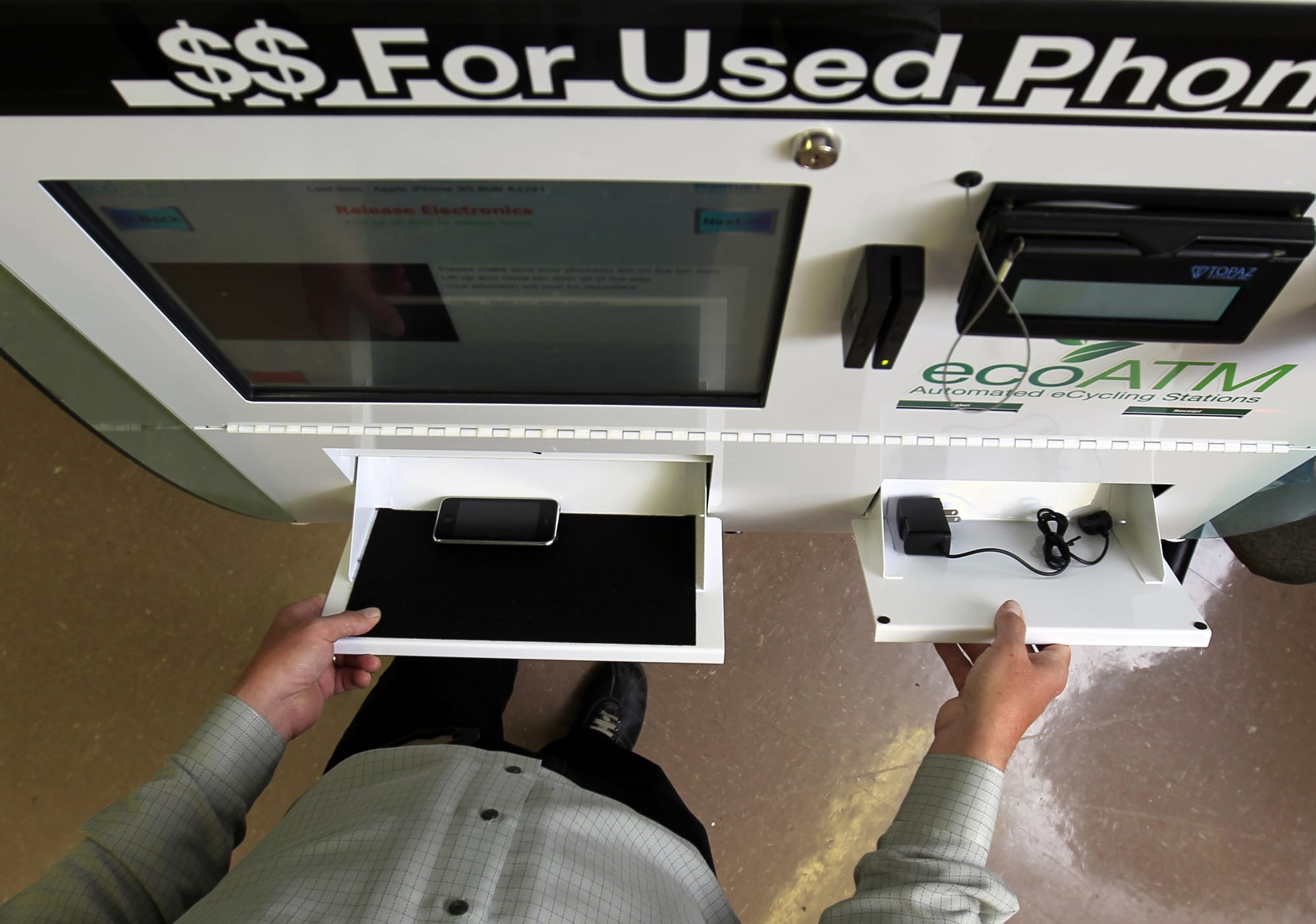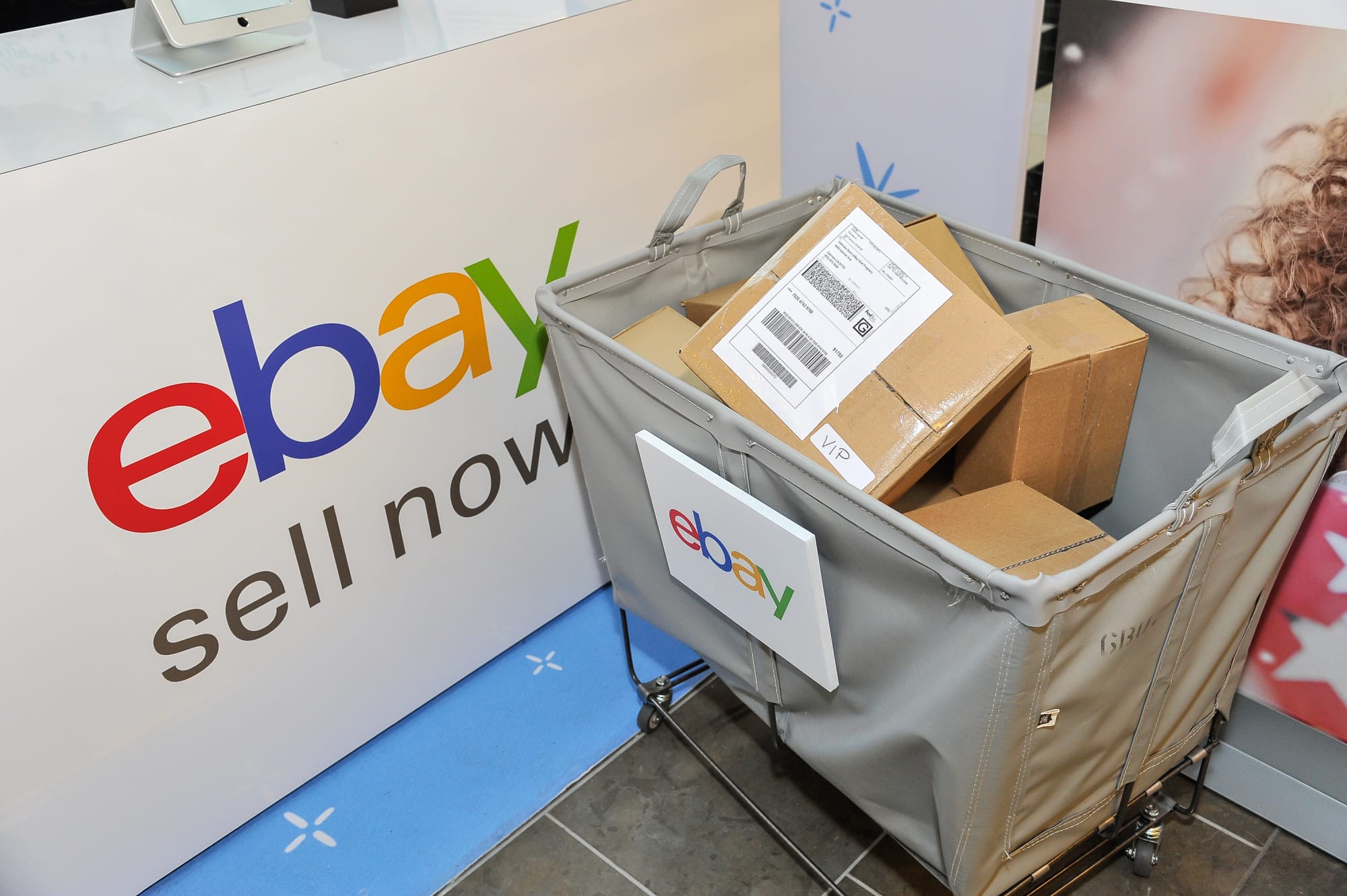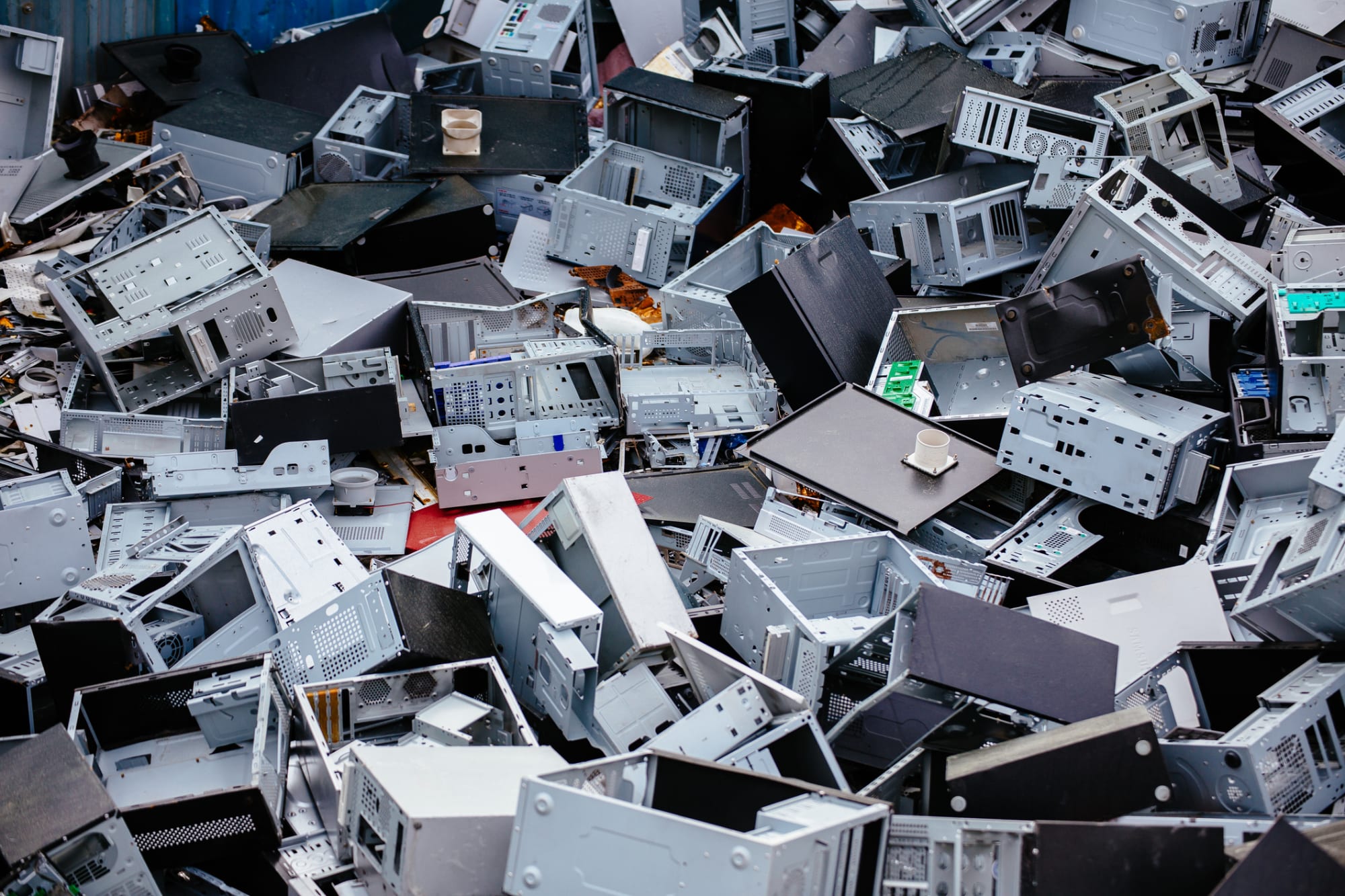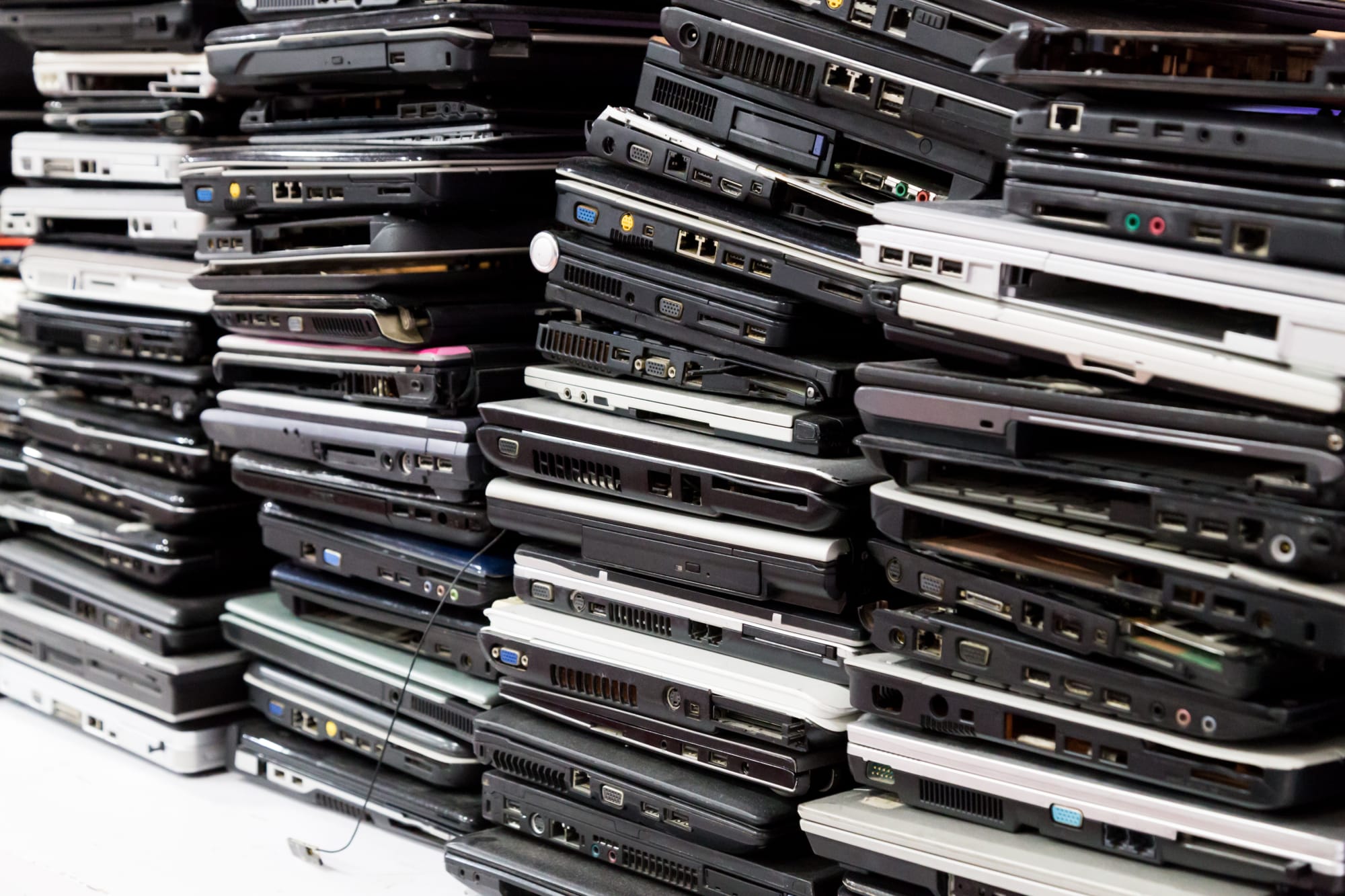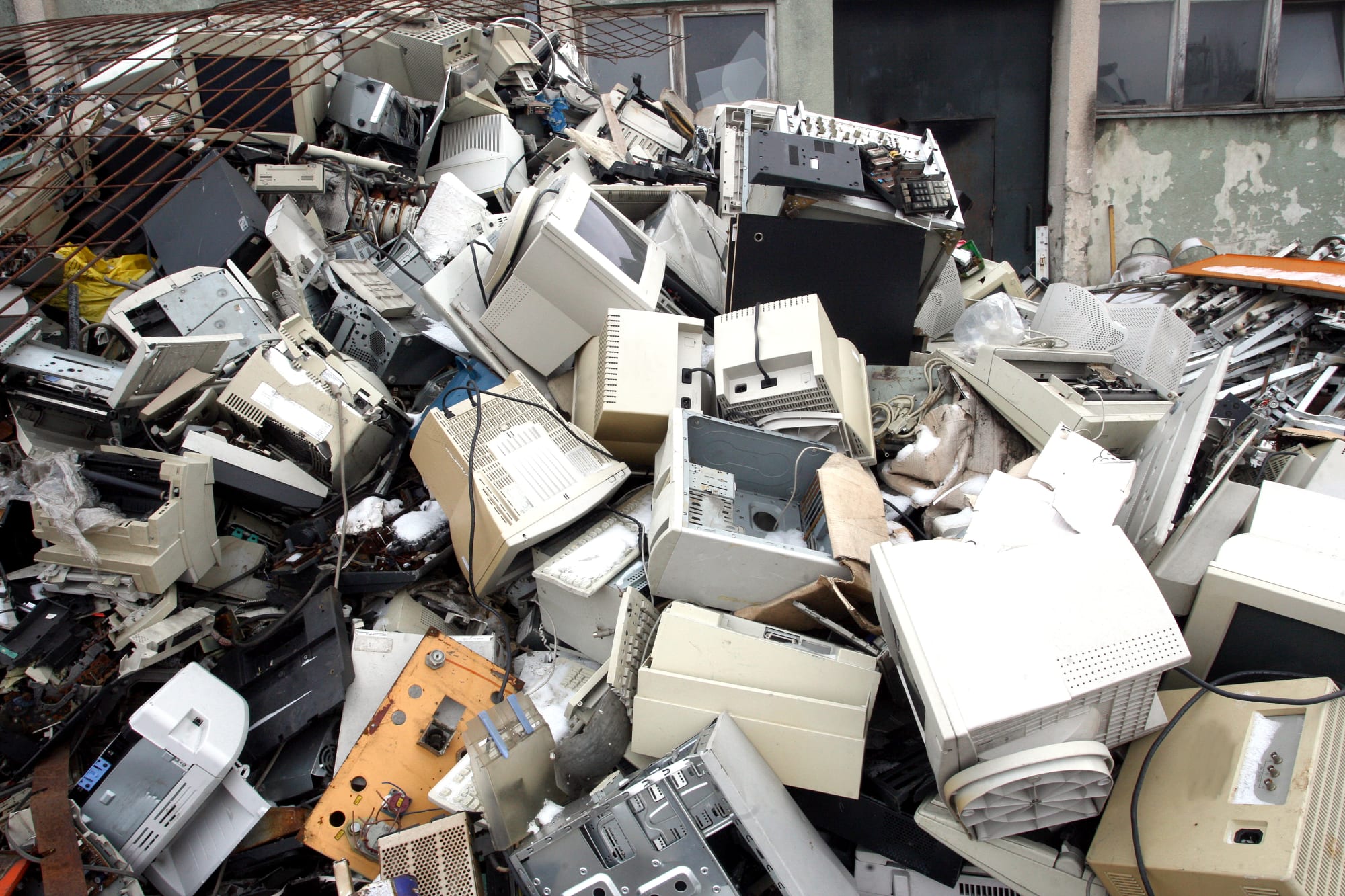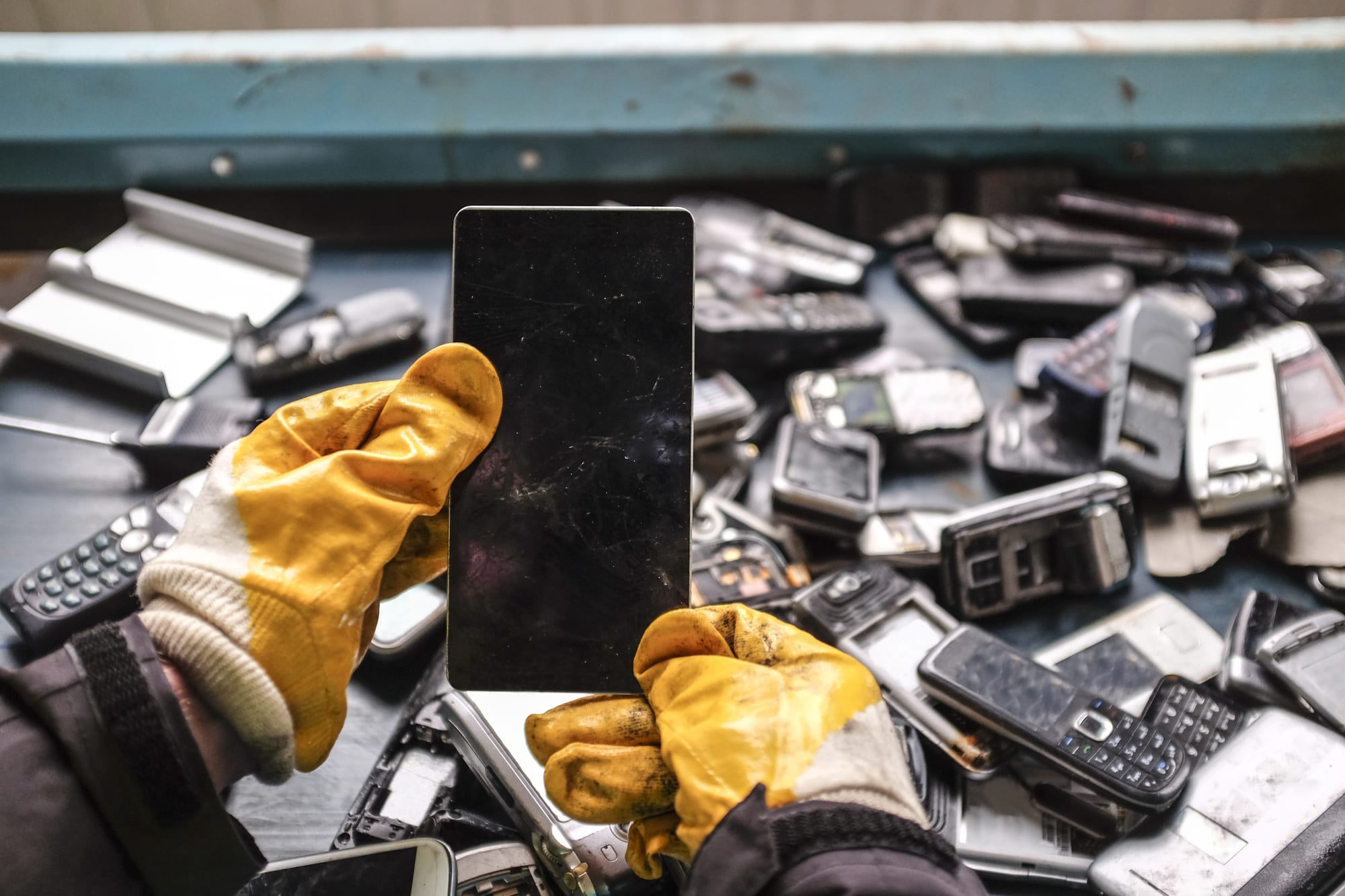The following contains moderate spoilers for the fourth episode of ‘Star Trek: Picard’ season two.
Continuity is something that comes up in geek media a lot, from the Marvel Cinematic Universe to Star Wars to DC’s TV Arrowverse. It used to be a thing only hardcore nerds really cared about, but now it’s gone mainstream, with fans of all stripes cheering at callbacks and pointing out inconsistencies. Star Trek was probably the first major example of an interconnected universe that most people were aware of, but as the franchise continues to grow, with at least five shows in active production and more on the way, is consistent continuity something it can keep up with?
Out of all the current shows, Star Trek: Picard probably has the strongest ties to continuity right now. It’s billed as a direct sequel to Star Trek: The Next Generation and follows the adventures of Jean-Luc Picard 20 years after we saw him and the Enterprise-E crew in Nemesis. Season one found him a broken man, after a devastating attack on Mars and the banning of synthetic life. This storyline actually made a good follow-up to the events of The Next Generation, in which the rights of an artificial being like Data were constantly being called into question.
Season two so far has decided to focus on the relationship between Q and Picard, with the omnipotent being thrusting the old admiral into an alternate reality similar to, but not identical to, the twisted mirror universe where everyone is evil. In this reality Picard is an admired general in a genocidal empire. He makes the decision to travel back in time to the point of divergence with the reality he knows, a common Star Trek plot device.
It’s common enough that the episode makes two references to at least two other previous time travel adventures in the franchise: Seven and Raffi encounter a punk on a bus with a boombox blasting the song “I Hate You” at top volume, a recreation of a scene from The Voyage Home (even featuring the same punk), and later they find that their colleague Rios is being taken to a “Sanctuary District,” a concept first introduced in the Deep Space Nine two-parter “Past Tense.”
And yet, there’s an entire plot line that involves Picard heading to a set of coordinates only to arrive at 10 Forward Street, the location of Guinan’s bar in the season premiere. Picard even laughs when he sees the street sign, showing that even he’s aware of the amusing similarity to the name of Guinan’s bar on the Enterprise-D. Star Trek is no stranger to coincidences, though the next scene makes me wonder if the writers were aware that Guinan’s bar is called 10 Forward because it was at the very front of deck 10.
Even though it is 2024, Guinan does in fact happen to be there, though she’s closing up shop. But instead of a happy reunion between the two, this version of Guinan doesn’t recognize him at all. This doesn’t seem to perturb Picard in the slightest — he even withholds his name and where he really comes from so as to not disturb the timeline.
Long-time Trek viewers will immediately see the problem with this, namely in that another time travel adventure, the TNG two-parter “Time Arrow,” Picard met Guinan in the 19th century. He saved her life, even. And that adventure was actually an answer to a long-standing question on the show: How did the two become friends without ever meeting before she stepped foot on the Enterprise-D in season two of TNG? Guinan once said their relationship was “beyond friendship, beyond family” and while the whole adventure might not have been the ideal solution that fans wanted, it was good enough at the time.
So, when Picard walks into 10 Forward Street, it seems like the perfect opportunity to deepen the connection between the two characters further. Reunited after 131 years! It’s a level of “wibbly wobbly timey wimey” that Doctor Who is known for and has managed to make work, in particular when establishing the relationship between the Doctor and River Song. If the connection between Guinan and Picard is “more than friendship, more than family” there’s room for another adventure between the two to establish why they care for each other so deeply.
Instead, it’s like they’re meeting again for the first time. This Guinan is jaded, almost angry at the state of Earth, which is why she’s leaving now. It seems uncharacteristically bitter for her, who is usually a caring, curious person. And, while Picard feels like he can’t reveal details about the future to her, he does feel like he has to convince her not to leave Earth.
But… why? Long-time fans know that at some point she returns to her homeworld, only to become a refugee when the planet is attacked by (presumably) the Borg. And when we saw her in “Time’s Arrow,” she was merely visiting, and was unlikely to stay long lest her mother show up to come collect her. It doesn’t really track that she would have hung out another 131 years, even going so far as to open a business or have a dog.
I previously argued that there’s a point where it becomes unrealistic to expect fans to keep up with every bit of continuity. There are almost 30 films in the Marvel Cinematic Universe, and days worth of TV shows to match. And it’s impractical to expect a new Star Trek writer to watch 800-plus episodes of old Trek before they’re allowed to write a single word of script.
But to watch at least a few episodes of the show relevant to the current storyline? That’s not a huge ask, especially in a world where everything is available via streaming. We’re long past the days of the BBC erasing the tapes of Doctor Who or the original prints of films like Star Wars disappearing into the void. And no longer are TV show archives locked away in corporate storage facilities or stacked in basements of hardcore collectors. Just a few clicks on Paramount+, and any episode of any Star Trek series can be pulled up on demand. Which includes “Time’s Arrow.”
But it’s even understandable that under a time crunch, perhaps the writers couldn’t watch every episode with Guinan. But even then the excuses are thin, since the writers could do what I did before writing this post: Google it. Pull up Star Trek wiki Memory Alpha, punch in “Guinan” and skim through the entry to get a full list of her appearances. There’s even a section specifically about Picard and Guinan’s friendship, which would have alerted any reader to the existence of the “Time’s Arrow” two-parter, even if the writers for whatever reason had never heard of it.
With 56 years of history and most of the writers born after the original series — and newer shows even employing people born after The Next Generation — they can’t be expected to know everything. But even as everything becomes “available forever,” there are people who’ve made it their jobs to sort through all of it and keep track of every little detail. Some writers argue that continuity can be stifling, and the jury’s still out on how much it matters, but in the case of Guinan and Picard the appeal is the characters’ shared history. A shared history that isn’t hard to look up on today’s internet.
